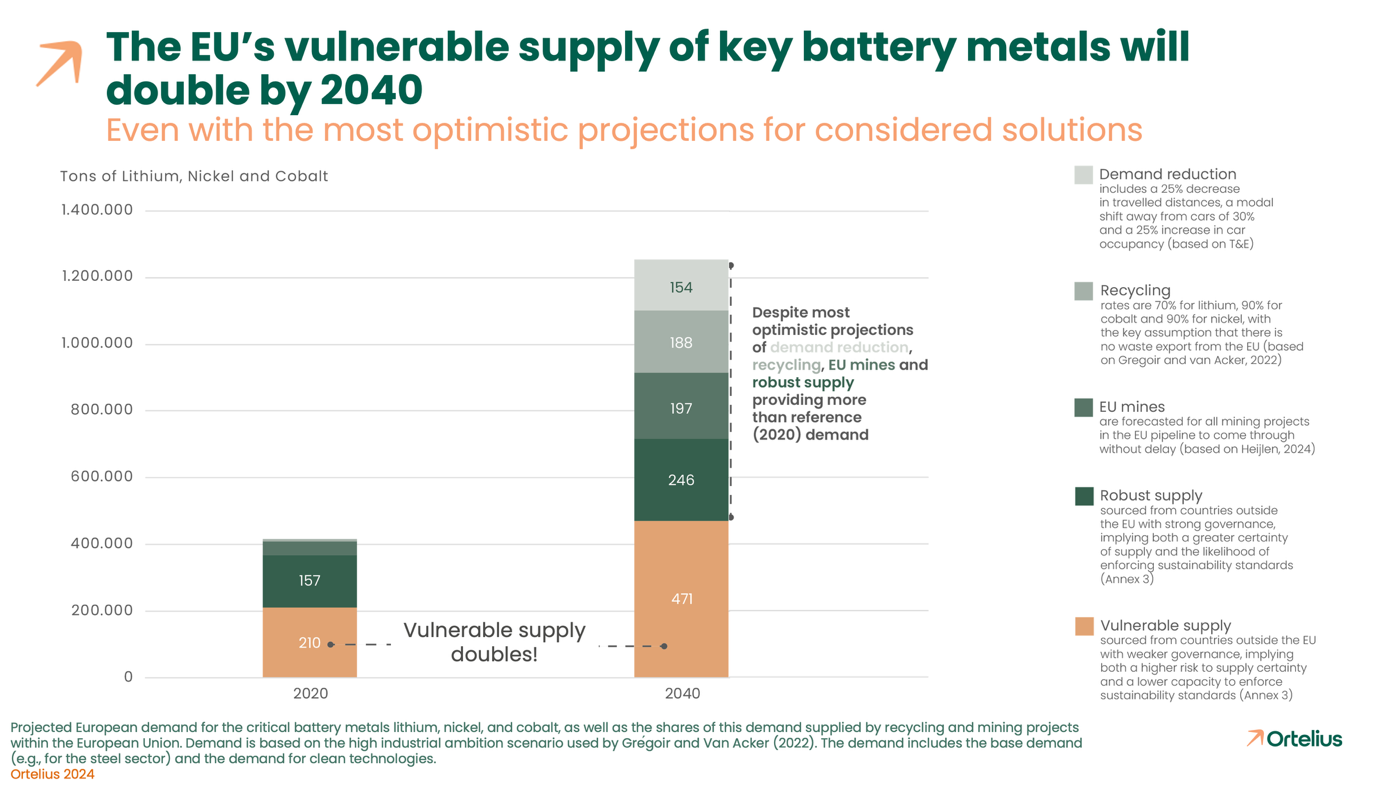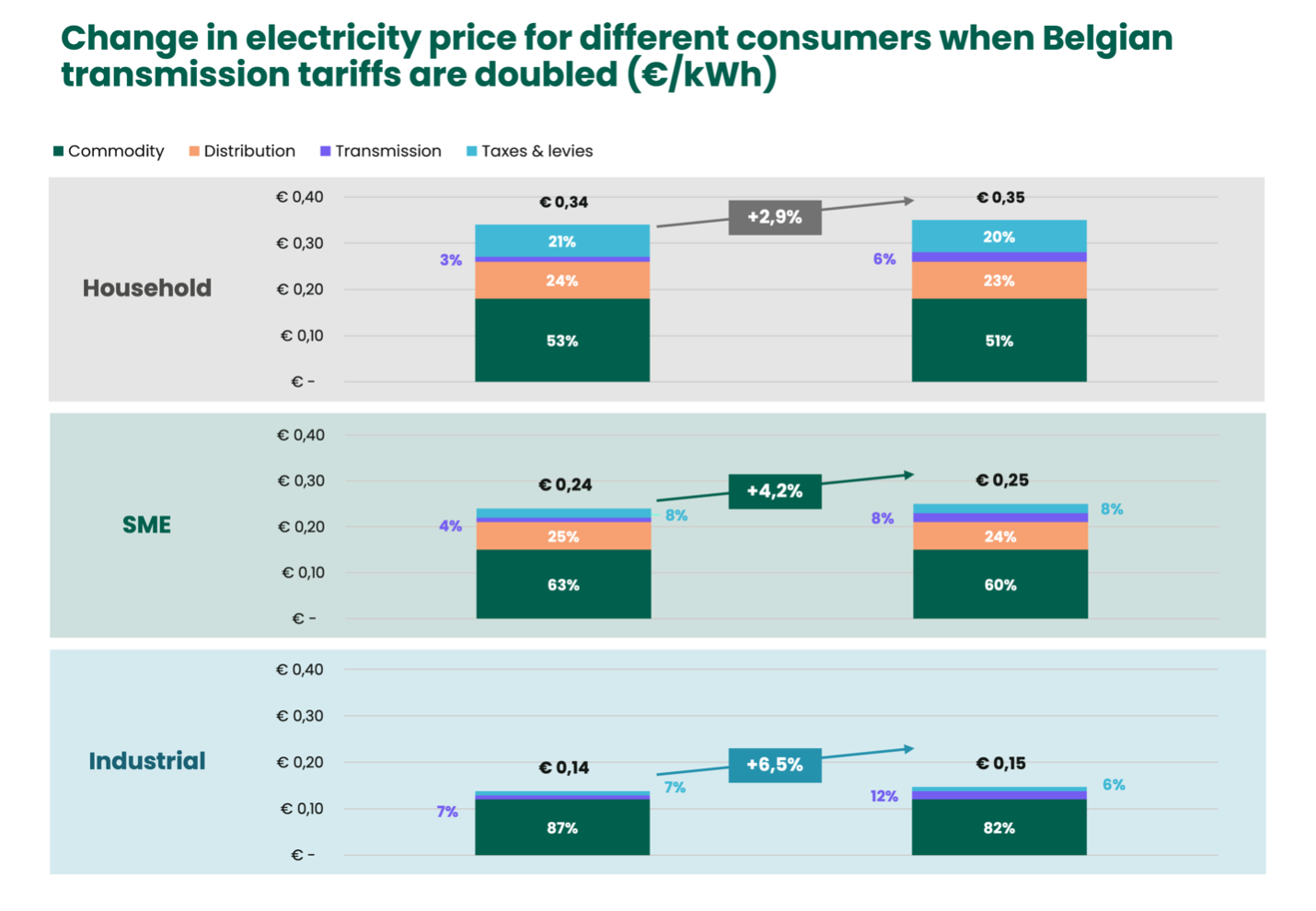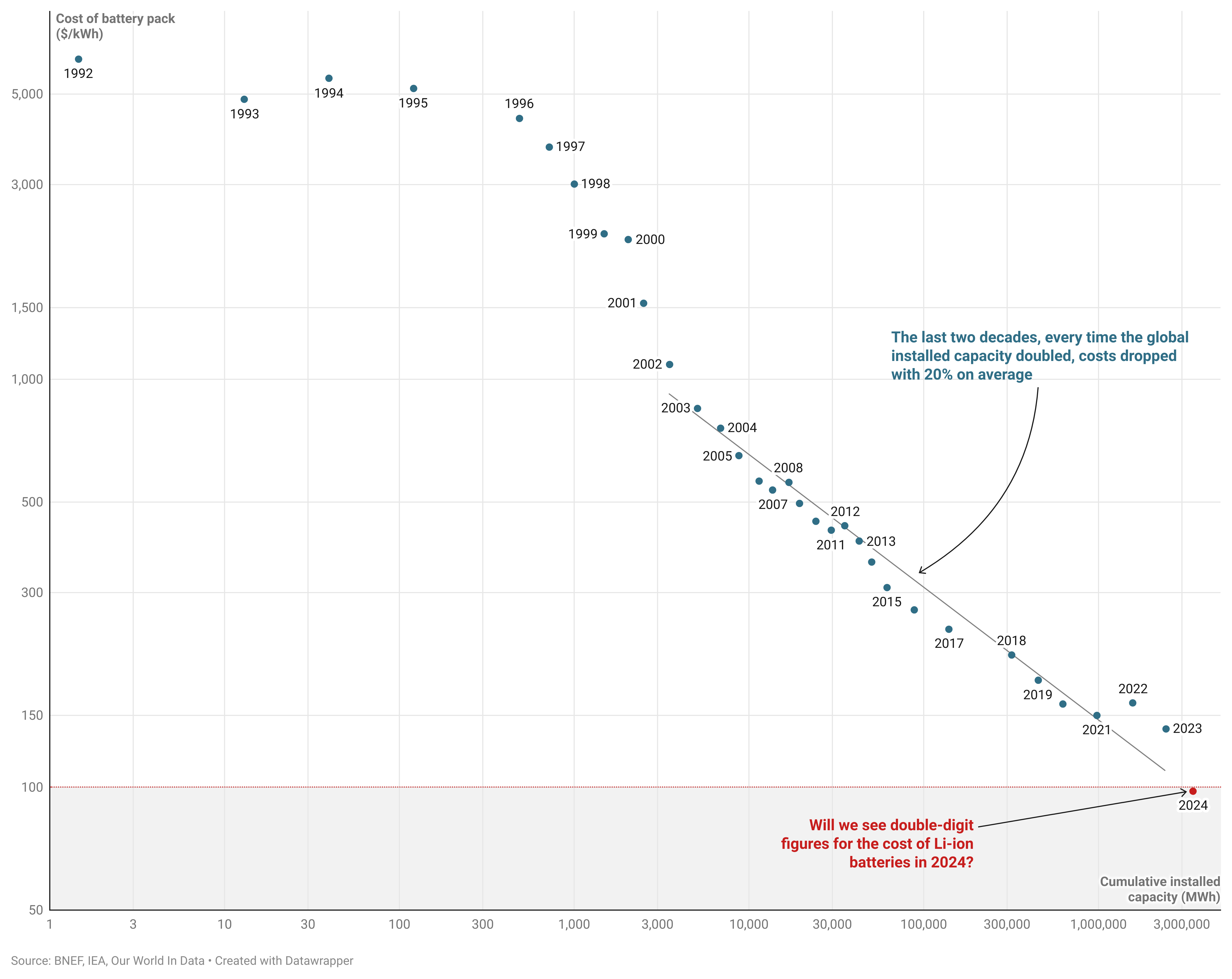As the world transitions to a climate-friendly system, demand for critical raw materials –essential to the clean and digital technologies driving this shift – is on the rise. While circular strategies like recycling and car sharing can and should help reduce the need for mined materials, some mining will remain necessary. And yes, mining undeniably impacts nature. A recent study found that mining threatens over 11,000 species globally – nearly as many as climate change itself. Unfortunately, there is no zero-impact solution.
That’s why informed decisions are essential to minimize the ecological footprint of mining activities. Every potential mining site and method carries distinct environmental consequences, so trade-offs must be considered carefully. As the figure below illustrates, different countries experience disproportionate impacts on biodiversity from mining. And it’s not just biodiversity: for instance, Indonesian nickel can emit up to five times more greenhouse gases than nickel mined in the EU. In other words, the global picture must always be taken into account.

Opposing mining projects in Europe might feel like a win for local ecosystems. But it doesn’t eliminate demand — it simply shifts extraction elsewhere. Often, this means mining moves to regions with more fragile biodiversity and weaker environmental protections. Europe has some of the world’s highest environmental standards. Mines here typically cause less damage per tonne of material — not only to biodiversity but also in terms of CO₂ emissions. Refusing to mine in Europe risks trading local gains for larger global losses.
Stay ahead of the curveThis is just a preview of our upcoming study on critical raw materials, launching in April. Want to be the first to get your hands on it? Subscribe here and receive the report straight in your inbox.
[1] L. Cabernard, S. Pfister, and S. Hellweg, “A new method for analyzing sustainability performance of global supply
chains and its application to material resources,” Sci. Total Environ., vol. 684, pp. 164–177, Sep. 2019, doi: 10.1016/j.
scitotenv.2019.04.434.


























































